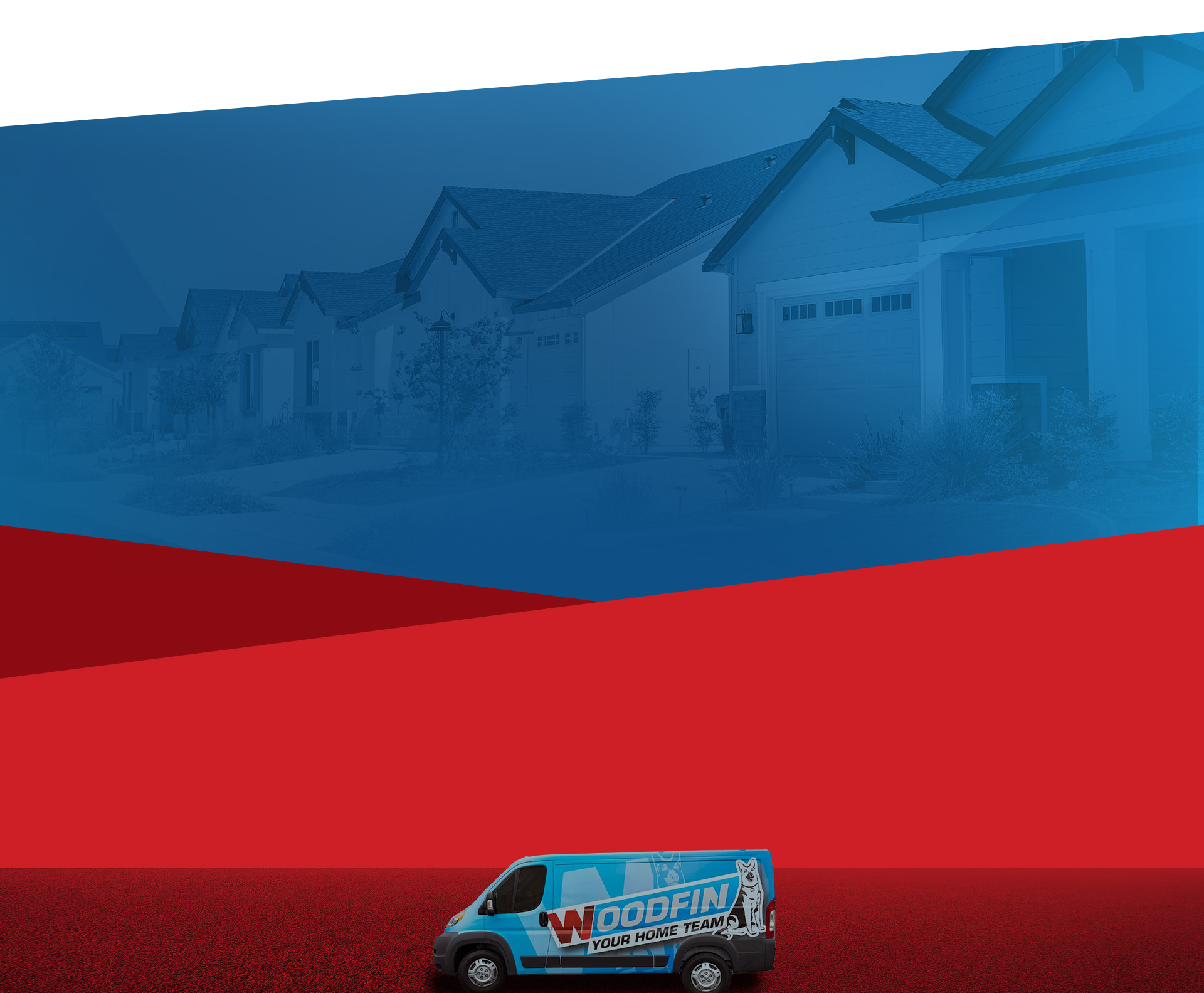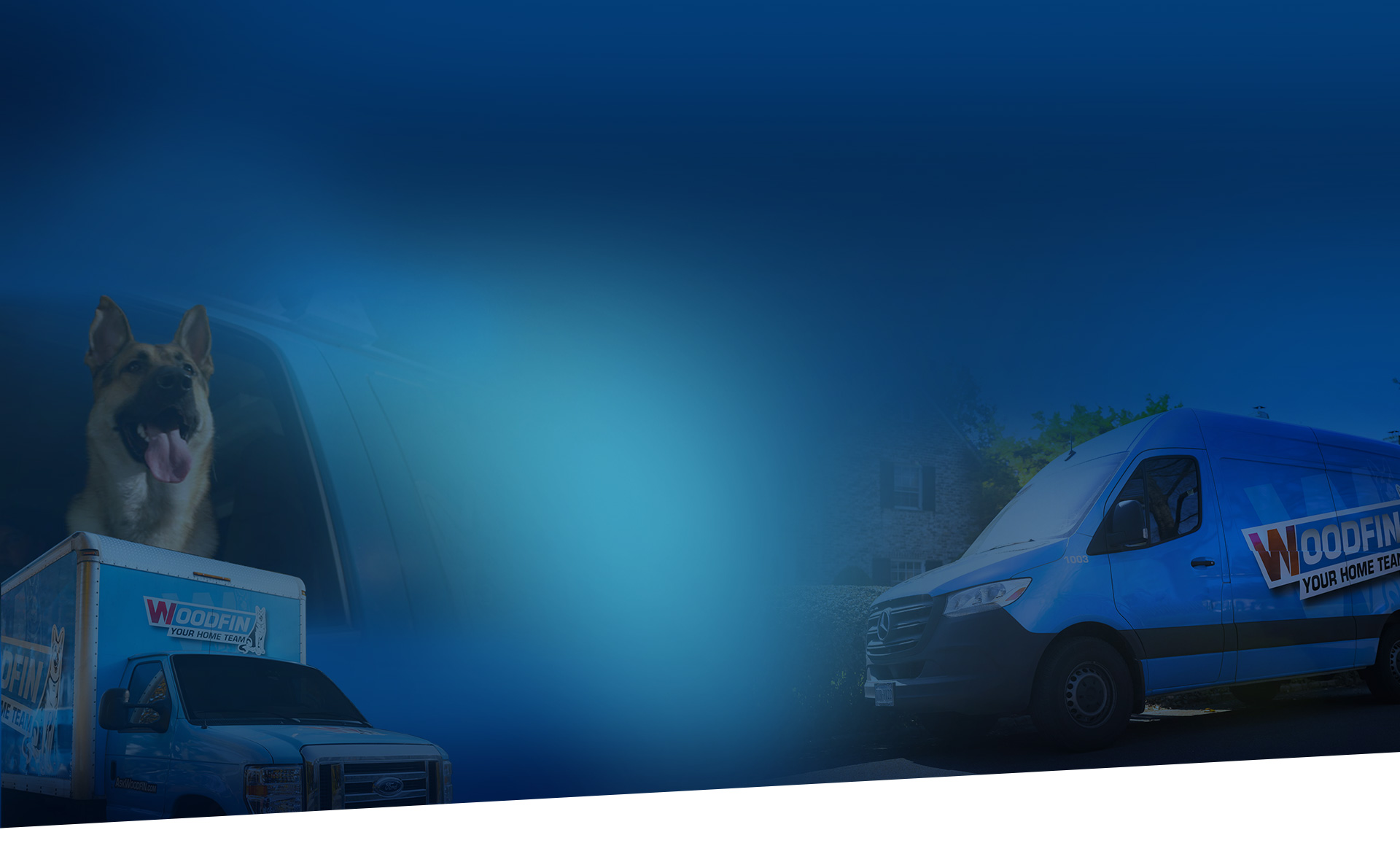
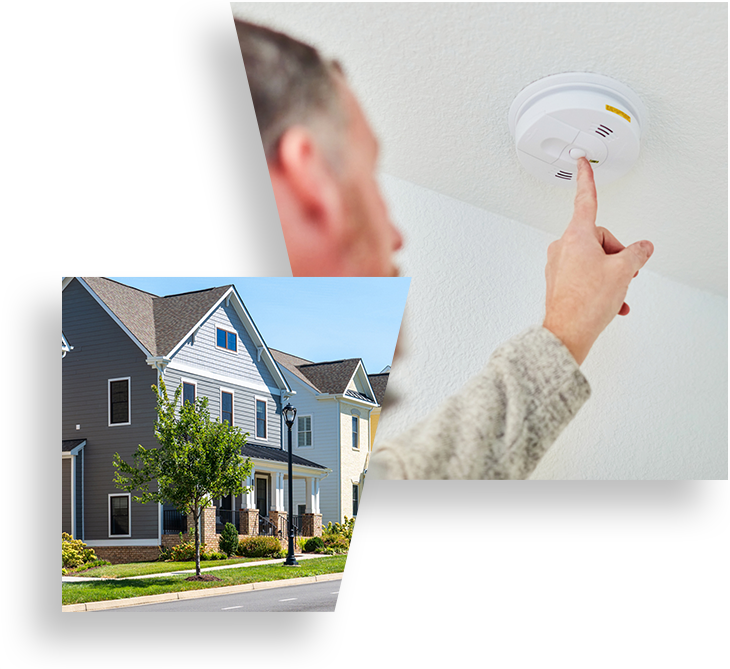
Carbon Monoxide Detector Installation in Richmond, VA
Carbon monoxide (CO) poisoning is a serious yet preventable health risk. Installing carbon monoxide detectors is a simple and effective way to protect your home and loved ones.
Woodfin - Your Home Team provides professional carbon monoxide detector installation services in Richmond, Lakeside, and Midlothian, VA. Our certified electricians can carefully place and test your new detectors
As your “#1 Faithful Friend” in Richmond since 1977, we bring over 45 years of experience to every job. We offer prompt, reliable service, including same-day and emergency appointments, with straightforward pricing. We’re insured, offer financing and warranties, provide free estimates, and offer service in Spanish.
Why Carbon Monoxide Detectors Are Important in Richmond
In Richmond, many homes use fuel for heating in the colder months, which can increase the risk of carbon monoxide buildup. Things like faulty furnaces, water heaters, fireplaces, and even running vehicles in attached garages can all be sources of CO leaks.
Since you can’t see or smell carbon monoxide, detectors are crucial for your safety. These devices constantly monitor the air and sound an alarm if there’s a dangerous level of carbon monoxide, giving you time to get to fresh air. Installing and maintaining CO detectors is a simple but essential step in protecting your family and home in Richmond.
Call (804) 552-6295 to schedule carbon monoxide detector installation in Richmond, VA, today.
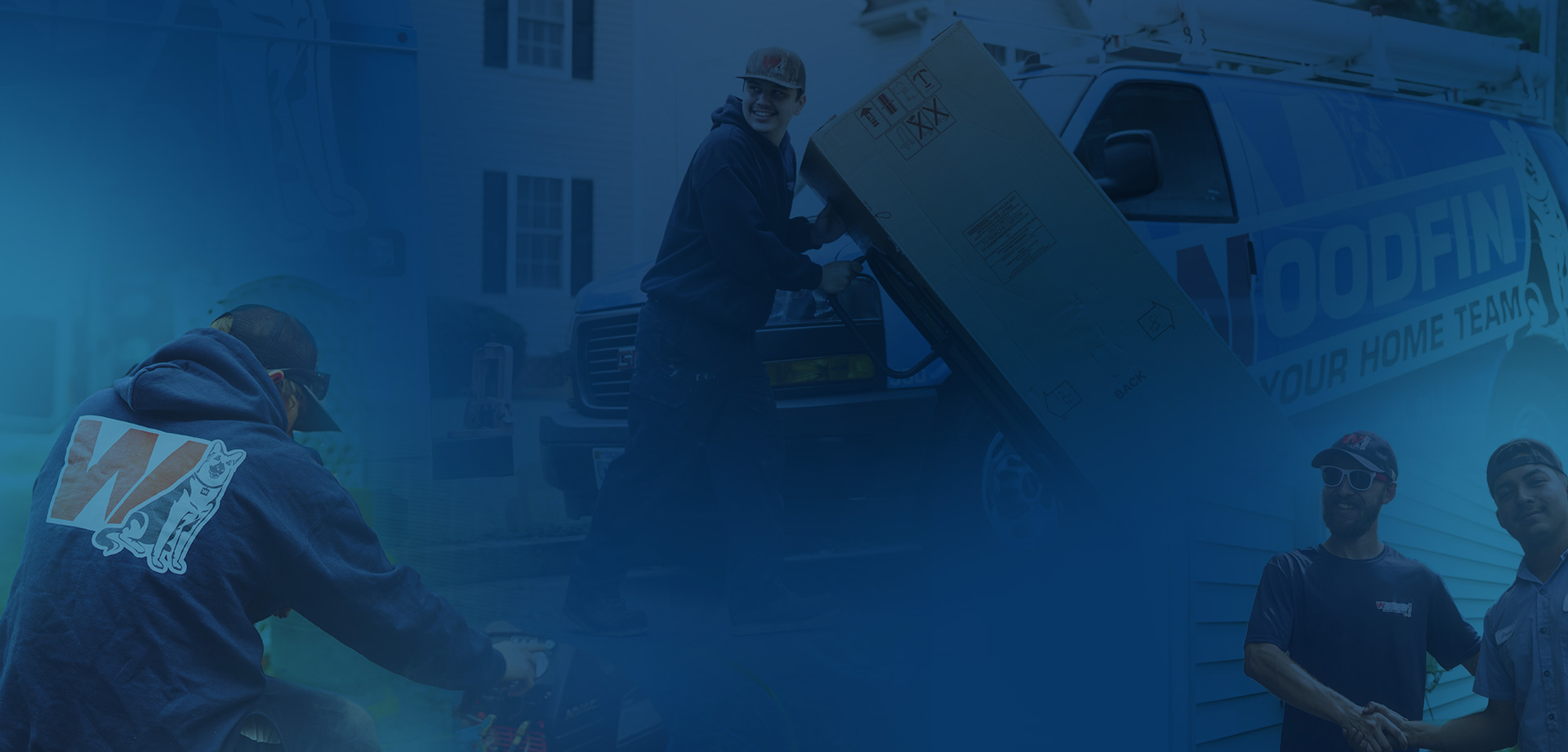
Common Sources of Carbon Monoxide in Richmond
Carbon monoxide (CO) is a colorless, odorless, and poisonous gas. It’s produced when fuels such as natural gas, propane, oil, wood, gasoline, kerosene, and coal don’t burn completely. Common causes of carbon monoxide in the home include:
-
Malfunctioning AppliancesFurnaces, water heaters, gas stoves, and clothes dryers can produce CO if they are not working properly.
-
Blocked Vents and ChimneysBlocked vents and chimneys can prevent CO from escaping, leading to a buildup of gas inside your home.
-
Running Vehicles in Attached GaragesEven if the garage door is open, running a vehicle inside can produce extremely dangerous levels of CO.
-
Fireplaces and Wood-Burning StovesThese can be sources of CO if they are not properly vented or maintained.
-
Portable GeneratorsNever use a portable generator indoors or in an attached garage.

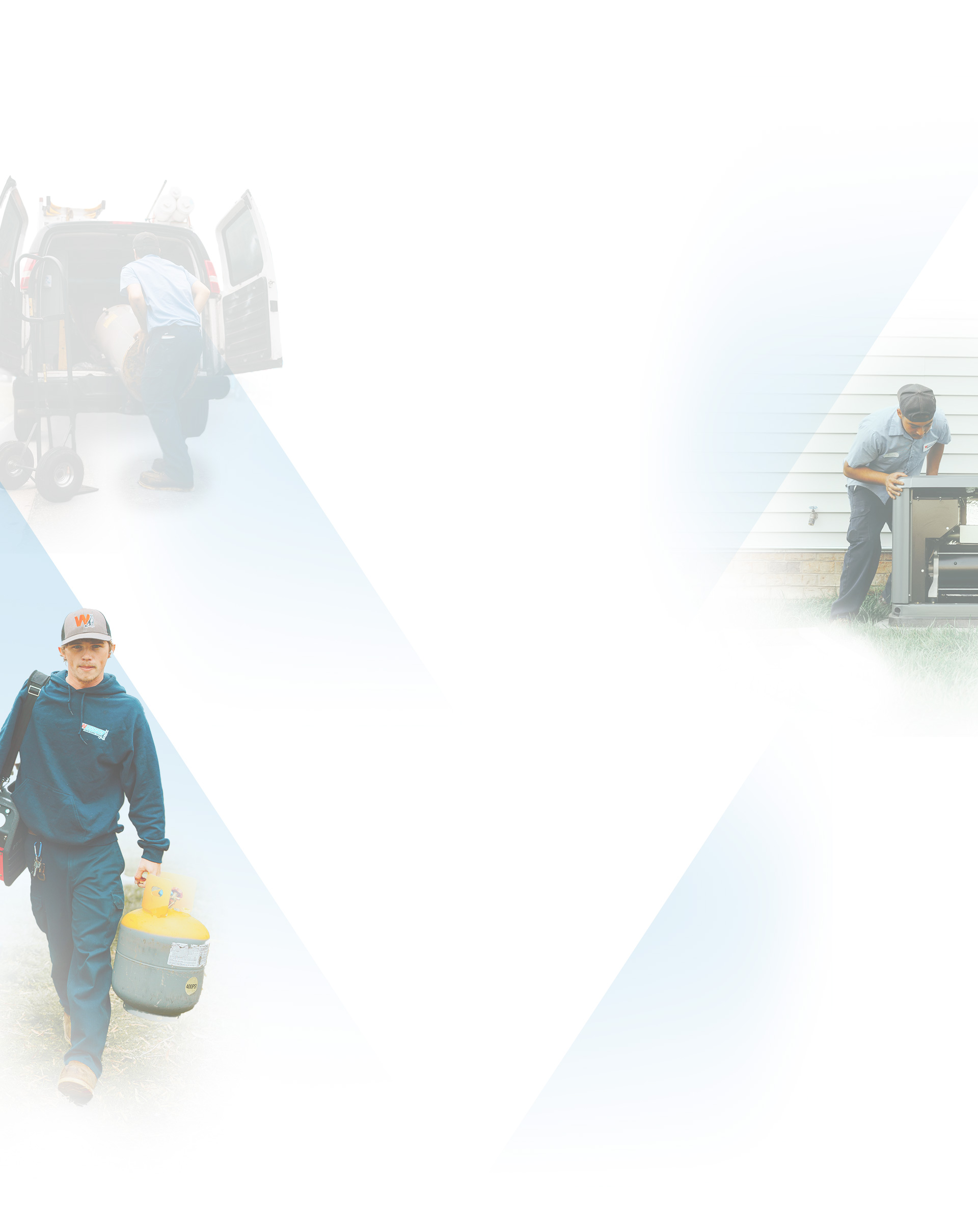
Richmond Carbon Monoxide Detector Replacement
Even if your CO detector hasn’t reached its expiration date, there are a few signs it might need replacing. Many newer detectors have an end-of-life signal—a distinct chirp or beep that lets you know when it’s time for a new one. If your detector is acting up with frequent false alarms or isn’t responding to tests, it’s a sign that it’s time for a replacement.
You might also want to consider upgrading your detector! Newer models often have improved sensors or features like digital displays that show CO levels, giving you even better protection.
Protect your home with properly functioning CO detectors. Contact Woodfin - Your Home Team online or call (804) 552-6295 for professional carbon monoxide detector replacement in Richmond, Lakeside, and Midlothian, VA, today.
What Our Customers Are Saying
4.9 Rating and 10,000+ Reviews!
-
“We felt confident with the analysis provided of the problem we were having and feel confident we chose the right team for the job.”- Brianna W.
-
“They do it right every time!!! Great job by the whole team! Complex project installing my outdoor sauna. The entire team did a great job of figuring out how to make it work.”- Stephen C.
-
“Woodfin sent someone on within 24 hours who was able to resolve the issue and get the system working properly again.”- Brandon M.
-
“I really appreciate that he was able to get out here on the weekend before the holidays so that the family and I could have a wonderful holiday season.”- Kelson H.
-
“We had a great experience with Woodfin repairing our boiler. It had stopped working suddenly and they were able to get out quickly to get our heat back on.”- Susanna K.
-
“When they needed to come inside they wore protective coverings on their shoes which I found to be very courteous.”- Laura K.
-
“They have been my company of choice for everything from upgrading my electrical panel to installing a minisplit. When I have a problem, they respond quickly and call when they are on the way.”- Laurie M.
-
“Freddie Hampton checked over the work done including a pressure test. He reviewed the punch list with me and went over the last details. He tied the job together and represented Woodfin in good fashion.”- Cris H.

Why Choose Woodfin?
Woodfin-Your Home Team is a family-owned, local business that has proudly served over 225,000 Richmond homeowners since 1977. For over 4 decades, we have been your trusted partner committed to providing exceptional Heating, Cooling, Plumbing, and Electrical expertise while giving back to the Richmond community we all call home.
-
Superior 7-Star Customer Service
-
Immediate Response Times & Superior Customer Service
-
Licensed, Certified & Highly Trained Technicians You can Trust
-
Comprehensive Home Services and Expertise All Under One Roof
